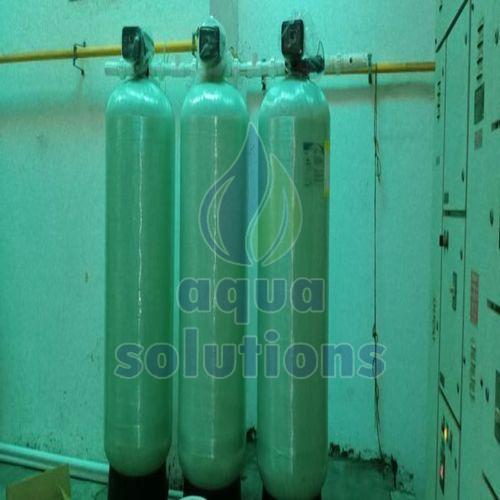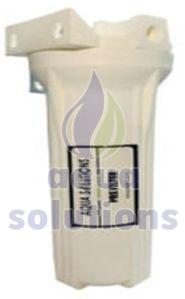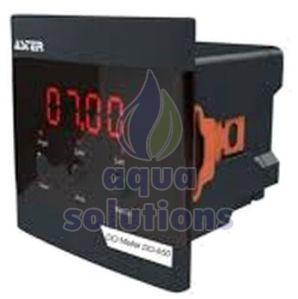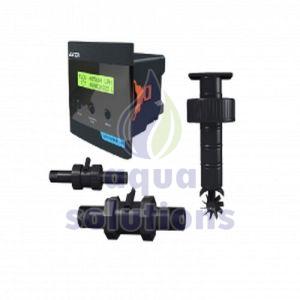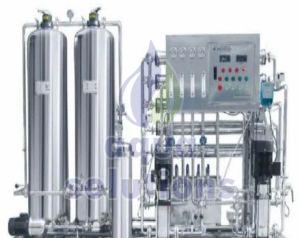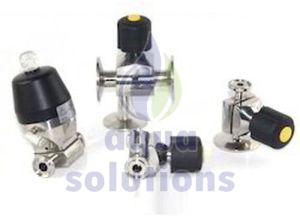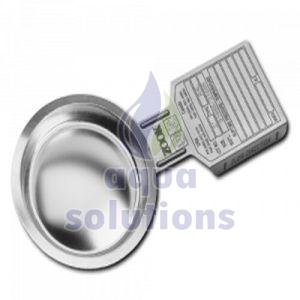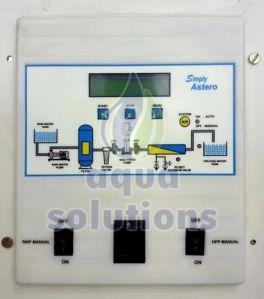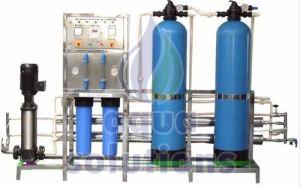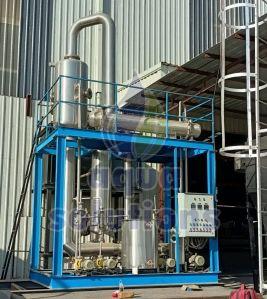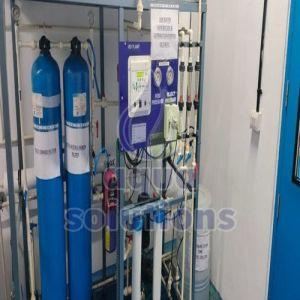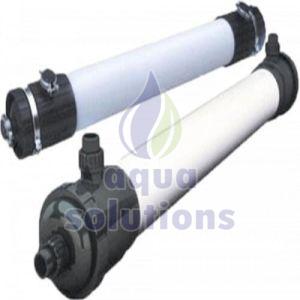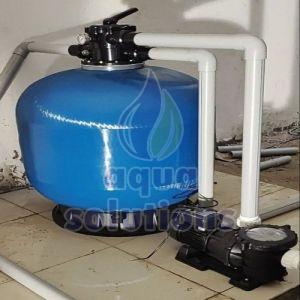aquasolutions87@gmail.com - GST NO. : 27AHBPJ8891L1ZP
| Business Type | Manufacturer, Exporter, Supplier |
| Application | Boiler Feed,RO Pre-treatment,Cooling Towers,Laundry,Hotels,Pharma |
| Function | Removes Hardness (Calcium & Magnesium) |
| Technology | Ion Exchange Process |
| Click to view more | |
Product Details
Water Softener Plant
A water softener plant is a system designed to remove hardness-causing minerals—primarily calcium and magnesium—from water through a process known as ion exchange. This results in softened water, which helps prevent scale buildup, protects pipelines and appliances, and enhances the effectiveness of soaps and detergents. These systems are widely used in residential, commercial, and industrial settings.
How It Works
Resin Beads
The central component is a tank filled with resin beads, typically made from polystyrene, coated with sodium or potassium ions.
Ion Exchange Process
As hard water passes through the resin bed:
Calcium and magnesium ions in the water are attracted to the resin.
These hardness ions are exchanged for sodium or potassium ions.
The softened water continues on for use, now free of most hardness minerals.
Softened Water Output
The water leaving the resin tank has significantly reduced hardness, minimizing scale formation and improving water compatibility with equipment and cleaning agents.
Regeneration
Over time, resin beads become saturated with calcium and magnesium ions.
To restore effectiveness:
A brine solution (typically made from sodium chloride) is flushed through the resin.
This process recharges the beads with sodium or potassium ions, and flushes out the hardness minerals to the drain.
The cycle then repeats for continuous operation.
Types of Water Softener Plants
Automatic Systems
Operate fully automatically using time-based or flow-based controls.
Initiate regeneration cycles based on usage or preset intervals.
Require minimal human intervention.
Semi-Automatic Systems
Partially automated; operators manually initiate regeneration.
Suitable for facilities with predictable water usage patterns.
Manual Systems
Require full manual control to perform regeneration cycles.
Typically used in small-scale or low-budget operations.

